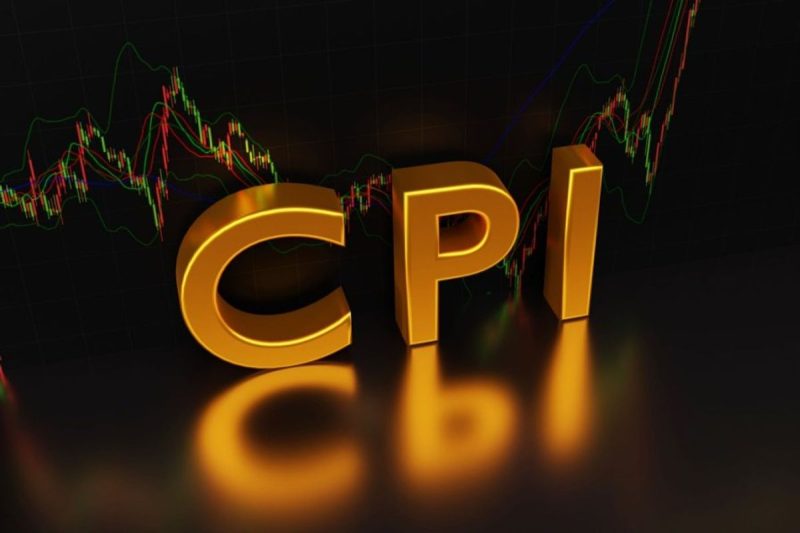The recent decrease in gold prices following the latest US Consumer Price Index (CPI) reading has sent ripple effects across financial markets globally. The CPI, which measures the average change in prices paid by consumers for goods and services, serves as a key indicator for inflation. Inflation is a significant driver of gold prices, as the precious metal is often viewed as a hedge against inflation and economic uncertainties.
Gold, considered a safe-haven asset, typically sees price increases during times of economic instability or higher inflation rates. However, the latest CPI reading showing a modest increase has led to a sell-off in gold prices. Investors are reassessing their portfolios and adjusting their holdings in response to the new data.
The decrease in gold prices is also influenced by other factors, such as the US Federal Reserve’s monetary policy decisions. The Fed plays a crucial role in shaping market expectations and interest rates, which in turn impact the attractiveness of holding gold.
Global economic conditions, geopolitical tensions, and currency fluctuations are also key drivers of gold prices. The metal’s value is heavily influenced by supply and demand dynamics, investor sentiment, and global economic developments. Changes in these factors can lead to volatility in gold prices, impacting investors and traders alike.
Despite the recent decline in gold prices, some market analysts believe that the fundamentals supporting gold remain strong. Economic uncertainties, geopolitical risks, and a potential increase in inflation could spark renewed interest in gold as a safe-haven asset in the future.
It is essential for investors to closely monitor economic indicators, market trends, and geopolitical developments to make informed decisions regarding their gold holdings. Diversifying portfolios, managing risks, and staying informed about global economic factors can help investors navigate the ever-changing landscape of gold prices and the broader financial markets.

